Shining a light on gene regulation
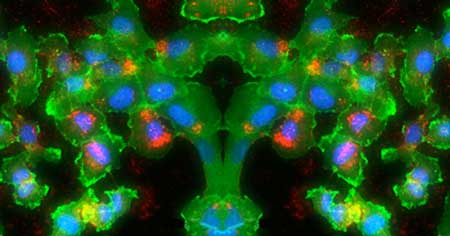 This promising method involves coating nanoparticles with gene-regulatory agents and then exposing them to a dose of laser light to unleash that material.
This promising method involves coating nanoparticles with gene-regulatory agents and then exposing them to a dose of laser light to unleash that material.
Jun 26th, 2018
Read more
 This promising method involves coating nanoparticles with gene-regulatory agents and then exposing them to a dose of laser light to unleash that material.
This promising method involves coating nanoparticles with gene-regulatory agents and then exposing them to a dose of laser light to unleash that material.
Jun 26th, 2018
Read more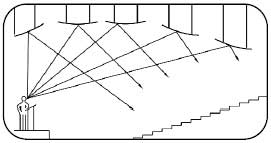 Researchers have developed a device that reflects sound in the direction it came from, rather than deflecting it at an angle. The 'retroreflector' can reflect sound across an operating range of 70 degrees in either direction -- more than doubling the effective range of previous technologies.
Researchers have developed a device that reflects sound in the direction it came from, rather than deflecting it at an angle. The 'retroreflector' can reflect sound across an operating range of 70 degrees in either direction -- more than doubling the effective range of previous technologies.
Jun 26th, 2018
Read more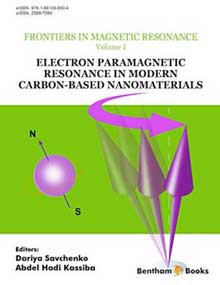 Electron Paramagnetic Resonance in Modern Carbon-Based Nanomaterials, is a new book which attempts to fill the abovementioned void by compiling key contributions for researchers interested in the electron paramagnetic resonance study of the carbon-containing thin films, nanomaterials, ceramics, porous materials, etc.
Electron Paramagnetic Resonance in Modern Carbon-Based Nanomaterials, is a new book which attempts to fill the abovementioned void by compiling key contributions for researchers interested in the electron paramagnetic resonance study of the carbon-containing thin films, nanomaterials, ceramics, porous materials, etc.
Jun 26th, 2018
Read more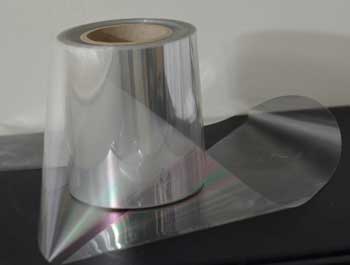 Researchers have developed a large-scale manufacturing process that may change the way some grocery store foods are packaged.
Researchers have developed a large-scale manufacturing process that may change the way some grocery store foods are packaged.
Jun 26th, 2018
Read more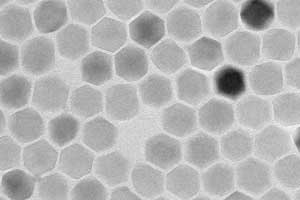 Scientists have improved the performance of magnetic nanoparticles designed to roast and destroy tumors.
Scientists have improved the performance of magnetic nanoparticles designed to roast and destroy tumors.
Jun 26th, 2018
Read more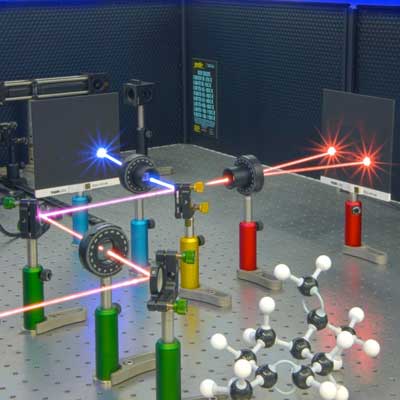 Physicists have devised a clever way to truly test the chirality of a material, eliminating the risk of false positives from other techniques.
Physicists have devised a clever way to truly test the chirality of a material, eliminating the risk of false positives from other techniques.
Jun 26th, 2018
Read more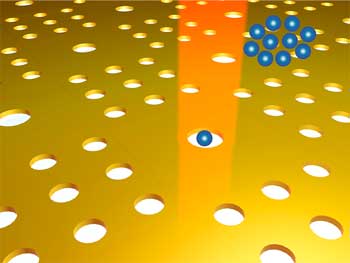 Researchers used plasmonics to develop a new kind of nanotweezers that can rapidly trap and detect molecules, viruses and DNA - a device transformative for medicine that also has color printing applications.
Researchers used plasmonics to develop a new kind of nanotweezers that can rapidly trap and detect molecules, viruses and DNA - a device transformative for medicine that also has color printing applications.
Jun 26th, 2018
Read more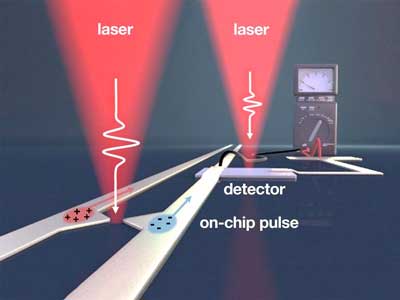 Researchers have succeeded for the first time in generating ultrashort electric pulses on a chip using metal antennas only a few nanometers in size, then running the signals a few millimeters above the surface and reading them in again a controlled manner.
Researchers have succeeded for the first time in generating ultrashort electric pulses on a chip using metal antennas only a few nanometers in size, then running the signals a few millimeters above the surface and reading them in again a controlled manner.
Jun 26th, 2018
Read more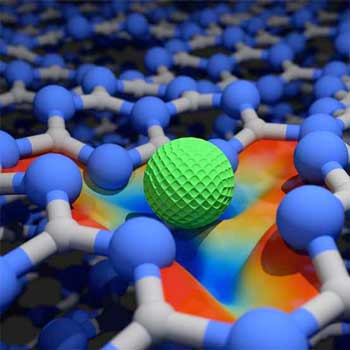 Chemical engineers have developed a new catalyst for forming a bond between two carbon atoms in a cost-effective and eco-friendly way.
Chemical engineers have developed a new catalyst for forming a bond between two carbon atoms in a cost-effective and eco-friendly way.
Jun 26th, 2018
Read more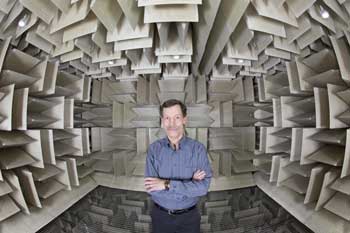 The thin and flexible sensor is ideal for sensing sounds because it can move with the airflow made by even the softest noises and addresses issues with accelerometers, microphones and many other similar sensors.
The thin and flexible sensor is ideal for sensing sounds because it can move with the airflow made by even the softest noises and addresses issues with accelerometers, microphones and many other similar sensors.
Jun 26th, 2018
Read more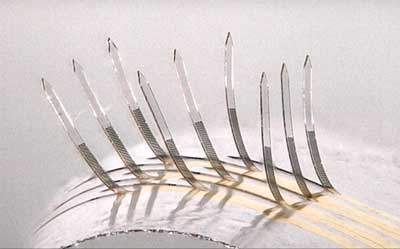 Researchers used shape-memory polymers to create artificial, electronic versions called e-whiskers, which mimic the properties of the real thing.
Researchers used shape-memory polymers to create artificial, electronic versions called e-whiskers, which mimic the properties of the real thing.
Jun 26th, 2018
Read more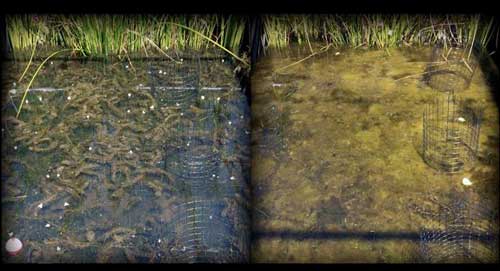 High tech metal particles may inadvertently take a toll on aquatic life.
High tech metal particles may inadvertently take a toll on aquatic life.
Jun 26th, 2018
Read more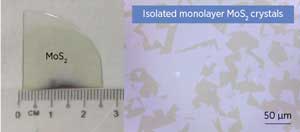 An innovative technique for growing large, uniform sheets of single-layer molybdenum disulfide could lead to new flexible electronic and optoelectronic devices.
An innovative technique for growing large, uniform sheets of single-layer molybdenum disulfide could lead to new flexible electronic and optoelectronic devices.
Jun 25th, 2018
Read more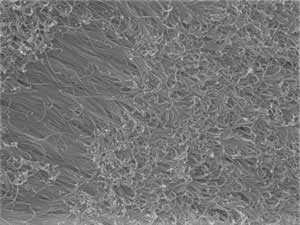 Thiol molecules drive gold atoms to form a forest of nanowires with useful properties.
Thiol molecules drive gold atoms to form a forest of nanowires with useful properties.
Jun 25th, 2018
Read more Researchers have developed a single-step technique for creating nanoemulsions that is faster, more energy efficient, and smaller than previous methods.
Researchers have developed a single-step technique for creating nanoemulsions that is faster, more energy efficient, and smaller than previous methods.
Jun 23rd, 2018
Read more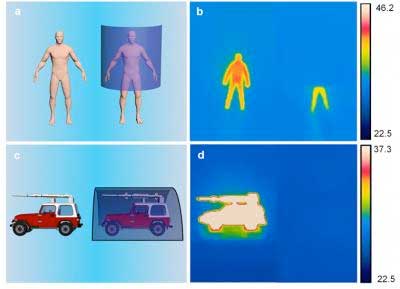 Infrared cameras are the heat-sensing eyes that help drones find their targets even in the dead of night or through heavy fog. Hiding from such detectors could become much easier, thanks to a new cloaking material that renders objects -- and people -- practically invisible.
Infrared cameras are the heat-sensing eyes that help drones find their targets even in the dead of night or through heavy fog. Hiding from such detectors could become much easier, thanks to a new cloaking material that renders objects -- and people -- practically invisible.
Jun 22nd, 2018
Read more